- Category
- Latest news
Israel Launches Massive Airstrike on Iran’s Nuclear Capabilities, Killing Top 3 Military Commanders
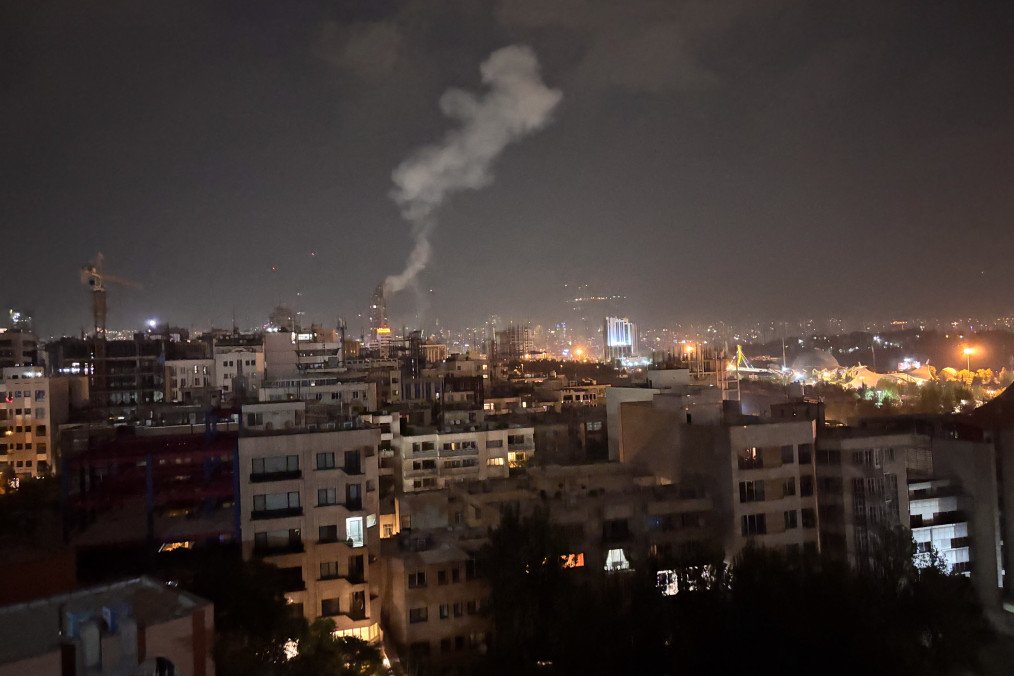
Israel carried out a large-scale air operation against Iran overnight, striking more than 100 military and nuclear targets and reportedly killing three of the country’s highest-ranking military commanders, according to the Israel Defense Forces (IDF) on June 13.
A fleet of 200 fighter jets conducted the strikes and hit sites across multiple Iranian cities, including Tehran, Natanz, Khorramabad, and Hamedan.
Targets included missile production facilities, nuclear infrastructure, and the locations of senior Iranian military officials.
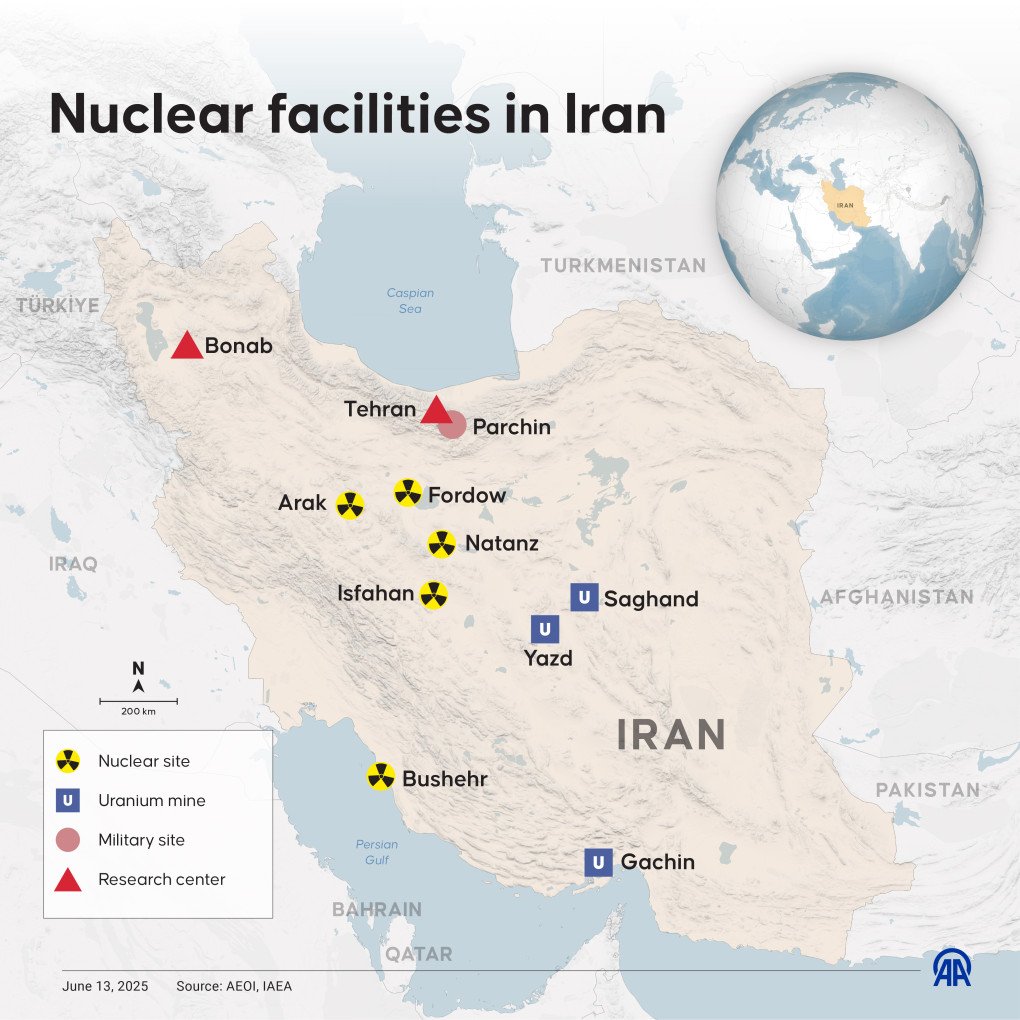
The IDF confirmed the deaths of:
Mohammad Hossein Bagheri, Chief of Staff of Iran’s Armed Forces
Hossein Salami, Commander of the Islamic Revolutionary Guard Corps (IRGC)
Gholam-Ali Rashid, Commander of Iran’s Khatam al-Anbiya Central Headquarters (responsible for wartime operations)
The operation, dubbed “People of the Lion”, was launched around 3:00 a.m. local time and included several waves of airstrikes. Reports also indicate that Israel’s intelligence agency Mossad conducted parallel sabotage operations against Iranian air defense systems and long-range missile capabilities.
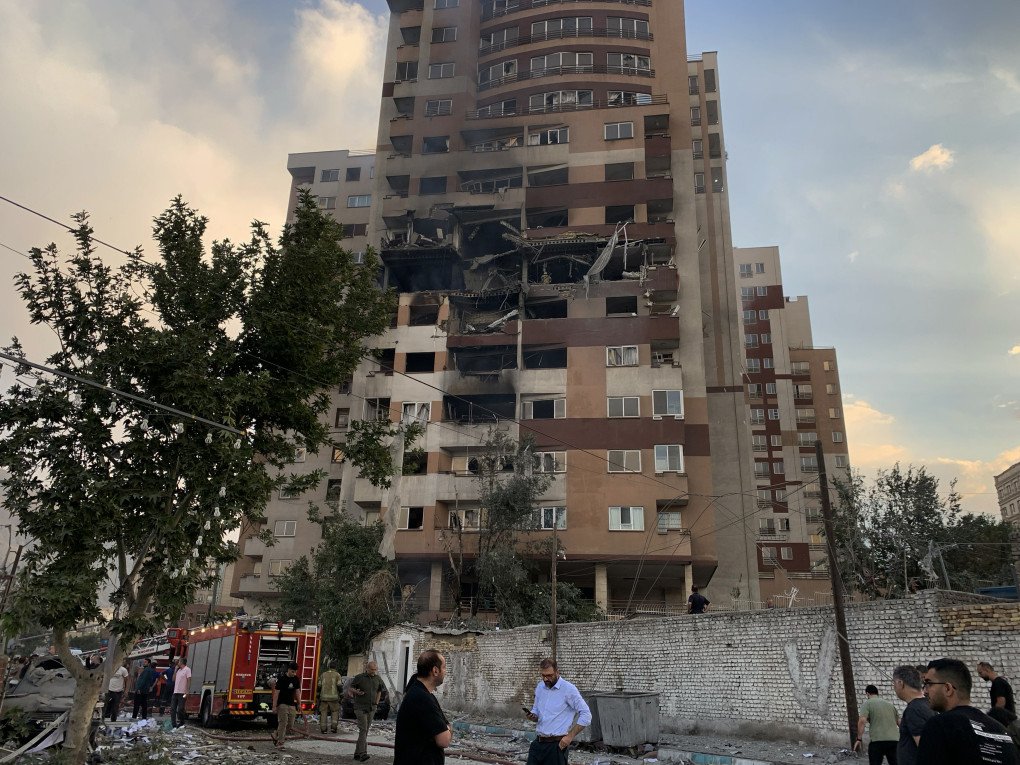
In a video address, Israeli Prime Minister Benjamin Netanyahu called the strikes “very successful.”
“We struck the top command, we struck leading scientists working on nuclear weapons, and we struck nuclear installations,” Netanyahu said.
“We are accumulating achievements, but no war is easy. Israelis will likely have to spend far more time in shelters than they are used to.”
In retaliation, Iran launched over 100 drones toward Israel, according to IDF Brigadier General Effie Defrin. While it will take several hours for the drones to reach Israeli airspace, the country remains on high alert. Schools, businesses, and public gatherings have been suspended, and airspace has been closed.
NEW: Iranian drones are now flying over Syria. pic.twitter.com/I3LVcYsN3o
— Clash Report (@clashreport) June 13, 2025
Israel has declared a state of emergency and mobilized tens of thousands of reservists amid fears of incoming missile and drone attacks. The IDF’s Home Front Command warned of a potentially “significant strike from the east” in the coming hours.
-9a1a8aa6bb981b0fb9d7186857f4a470.jpg)
US Secretary of State Marco Rubio said Washington was not involved in the Israeli operation but had been informed in advance. He urged Iran not to target American forces in the region.
President Donald Trump is convening a National Security Council meeting at the White House on Friday to discuss the US response to the rapidly escalating crisis.
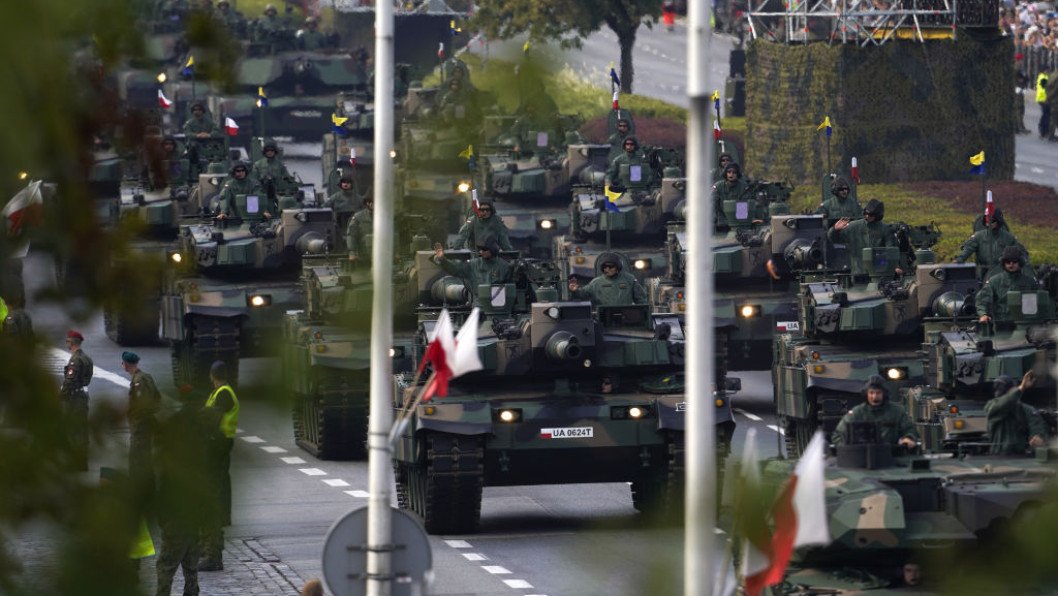
Global markets reacted swiftly to the Israeli strikes. Brent crude oil surged by 13%, briefly exceeding $78 per barrel — the largest intraday spike since Russia’s 2022 invasion of Ukraine — before settling around $75.
Gold also climbed as investors sought safe havens, rising 1.4% to $3,500 an ounce, near record highs.
“We’re once again in a period of elevated geopolitical uncertainty, which is keeping oil markets on edge and forcing them to price in higher risk premiums,” said Warren Patterson, Head of Commodities Strategy at ING Groep NV.
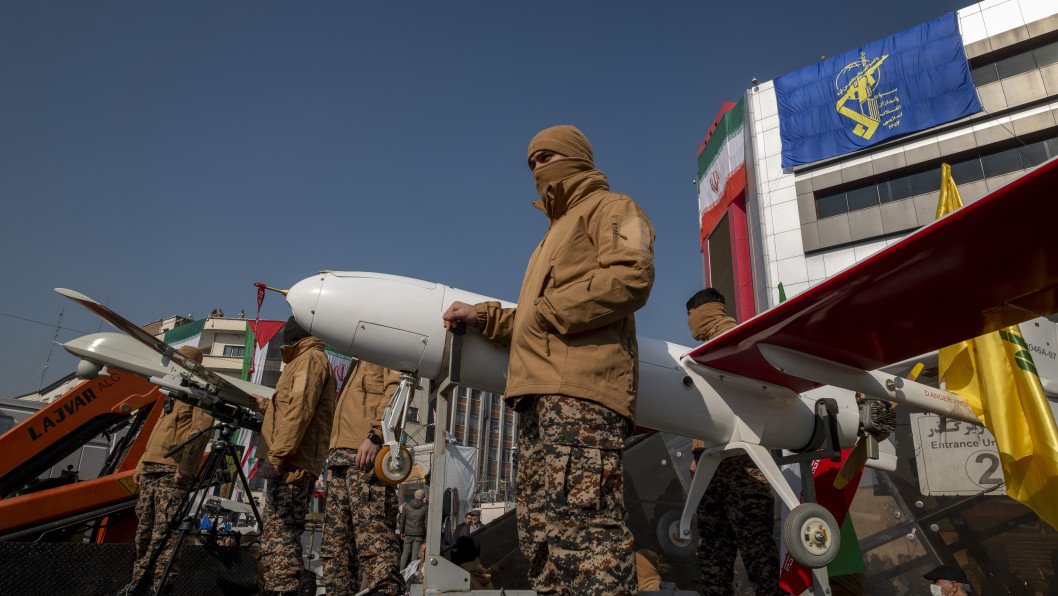
JPMorgan Chase warned that crude prices could soar to $130 per barrel in a worst-case scenario involving broader regional conflict.
Earlier, reports emerged that Iran was set to deliver Fath-360 launchers for short-range ballistic missiles to Russia soon.
The Fath-360 is an Iranian-made short-range ballistic missile designed for tactical strikes against targets within a 30 to 120 km (19 to 75 miles) range. It is a part of Iran’s Fateh missile family and is notable for its compact size, rapid deployment capabilities, and cost-effectiveness.



-72b63a4e0c8c475ad81fe3eed3f63729.jpeg)


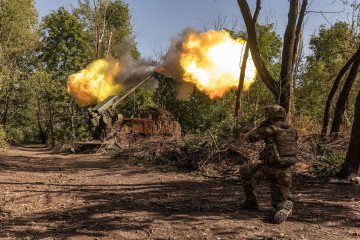
-111f0e5095e02c02446ffed57bfb0ab1.jpeg)